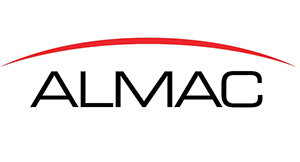The global market for drug delivery devices is forecast to exceed US$22bn by 2017, with inhaler devices expected to account for more than 96% of this figure (GBI Research, 2011). A global increase in respiratory diseases such as asthma and chronic obstructive pulmonary disease (COPD), combined with the need for further improvements in drug efficacy has resulted in market growth for speciality drug delivery devices. In line with this is the need to support the development of double-blind clinical trials within these therapeutic areas that use inhalers as the mechanism for drug delivery.
In the development of any new drug inhalation product, companies are required to run comparative trials against the market-leading products. The blinding of inhaler devices is one of the most complex areas in clinical study execution because of their unique designs. To overcome this, companies often used a double-blind, double-dummy study design to enable them to use their product in its planned market form.
A mid-sized pharmaceutical sponsor company was planning to enter Phase II trials with a promising new treatment for asthma and COPD. The clinical team had designed a double-blind clinical trial to eliminate bias. While manufacturing the active and placebo forms of their own product was relatively straightforward, developing a method to blind their product against the visually different, active comparator was more complicated and the company approached Almac to help it solve this problem.

